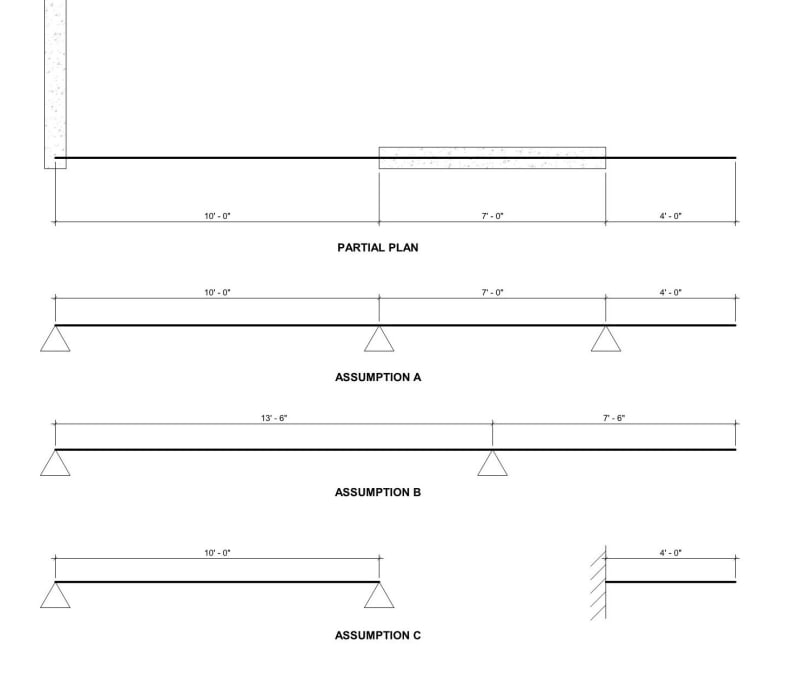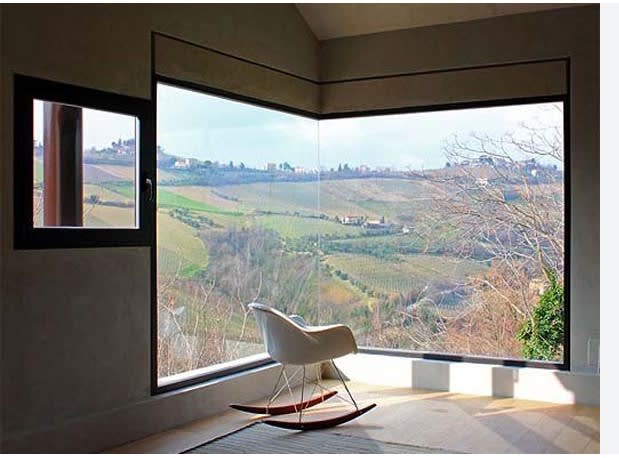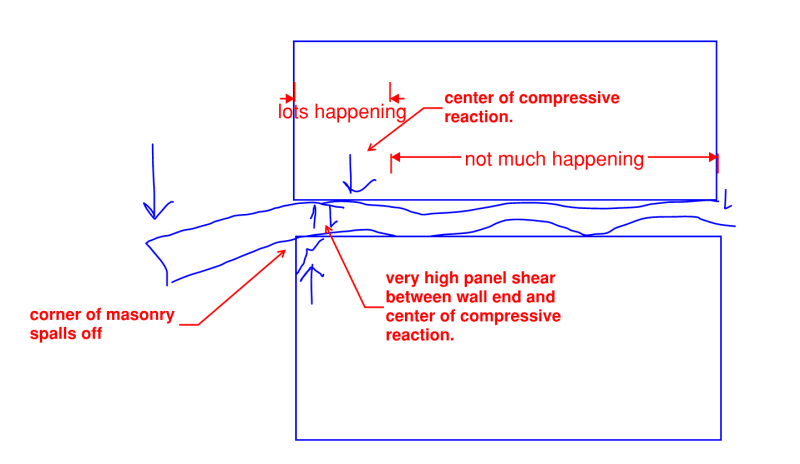Hi all,
I would like to know how would you assume the supports of the steel edge beam in the following situation (Ignore all the loadings for now):
Beam left end pocketed in load bearing wall, right end is free, a 7'-0" of load bearing wall as intermediate support.
Can someone point to the correct direction? Any resource will be helpful. A design example will be even better.

I would like to know how would you assume the supports of the steel edge beam in the following situation (Ignore all the loadings for now):
Beam left end pocketed in load bearing wall, right end is free, a 7'-0" of load bearing wall as intermediate support.
Can someone point to the correct direction? Any resource will be helpful. A design example will be even better.



